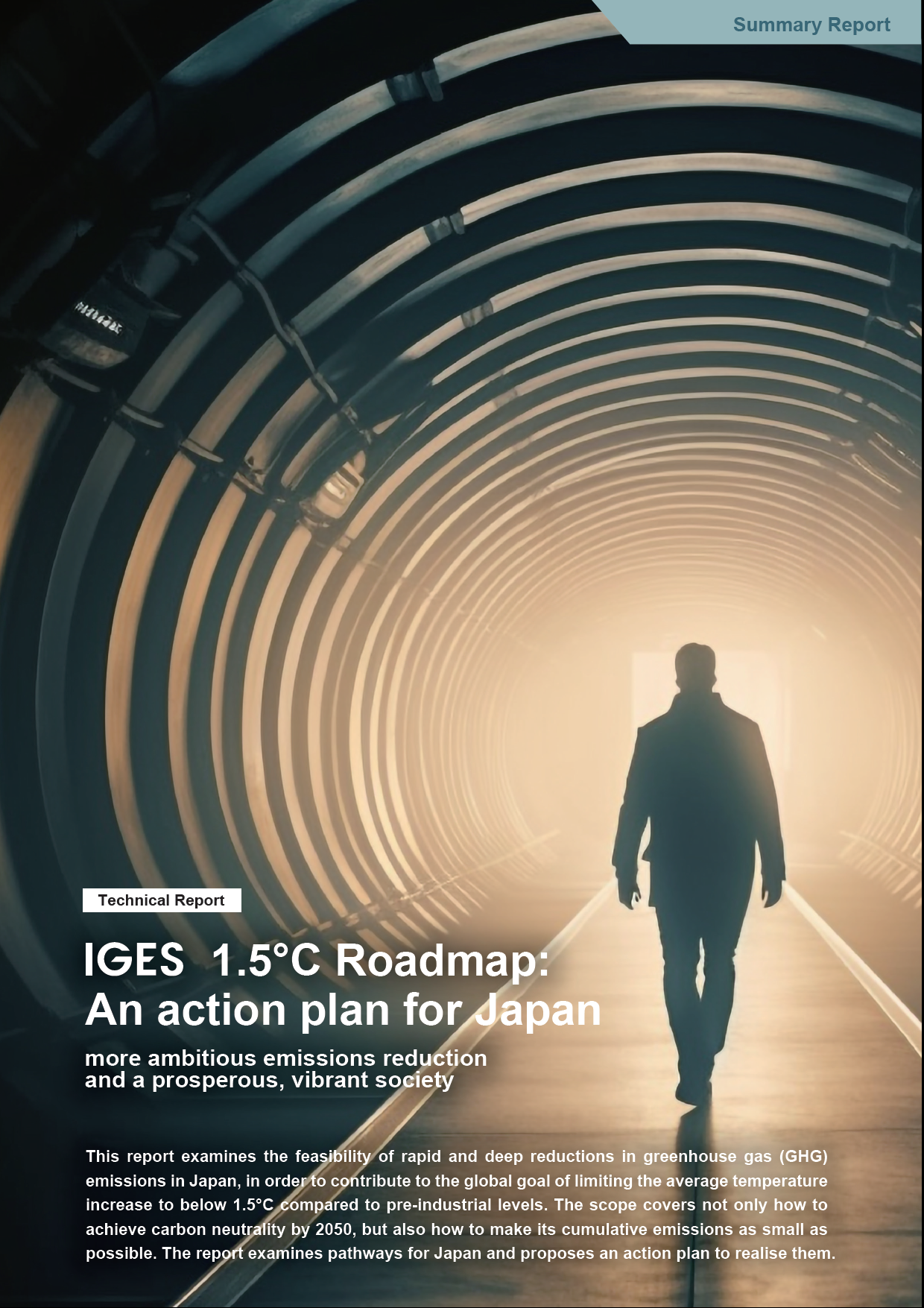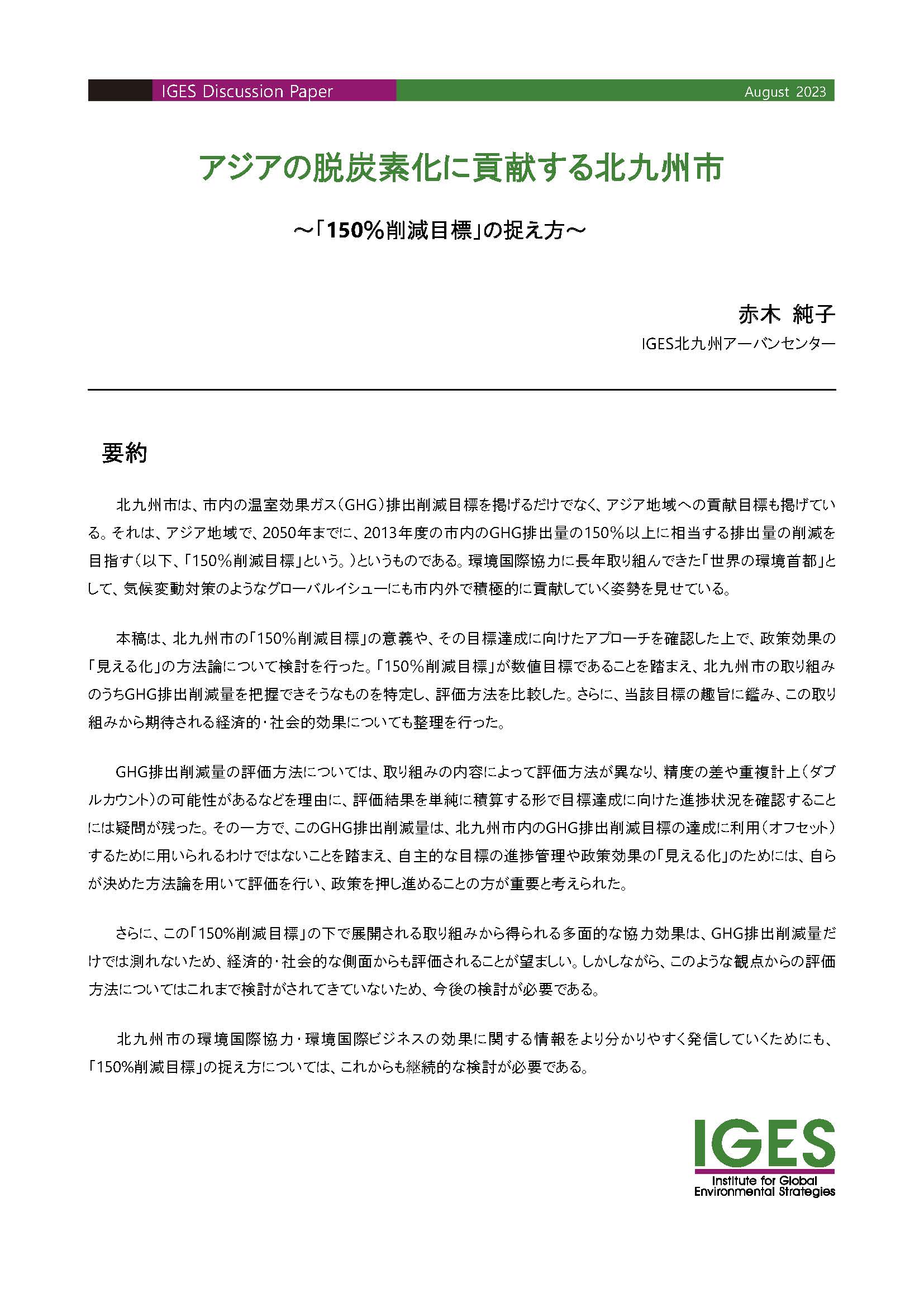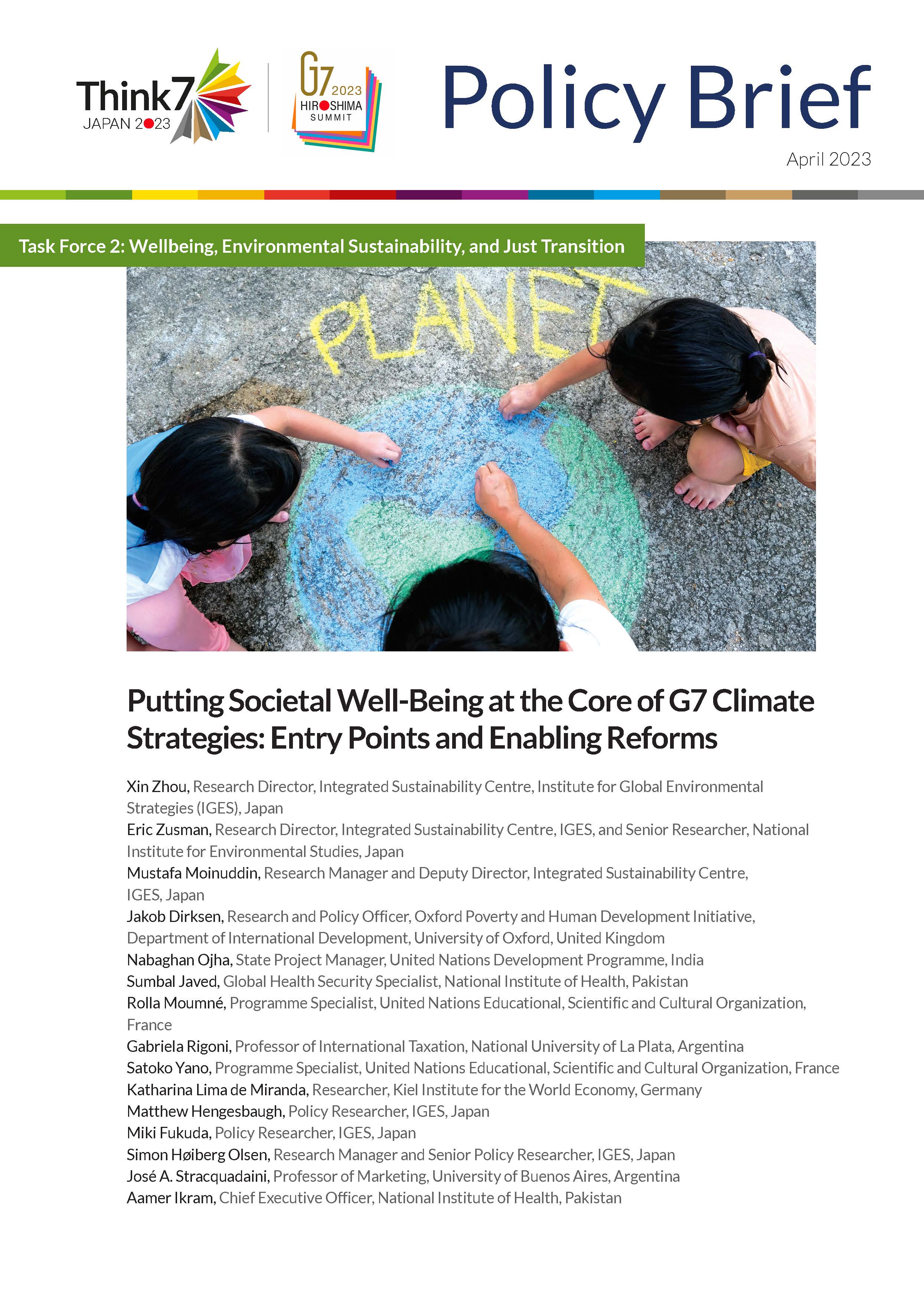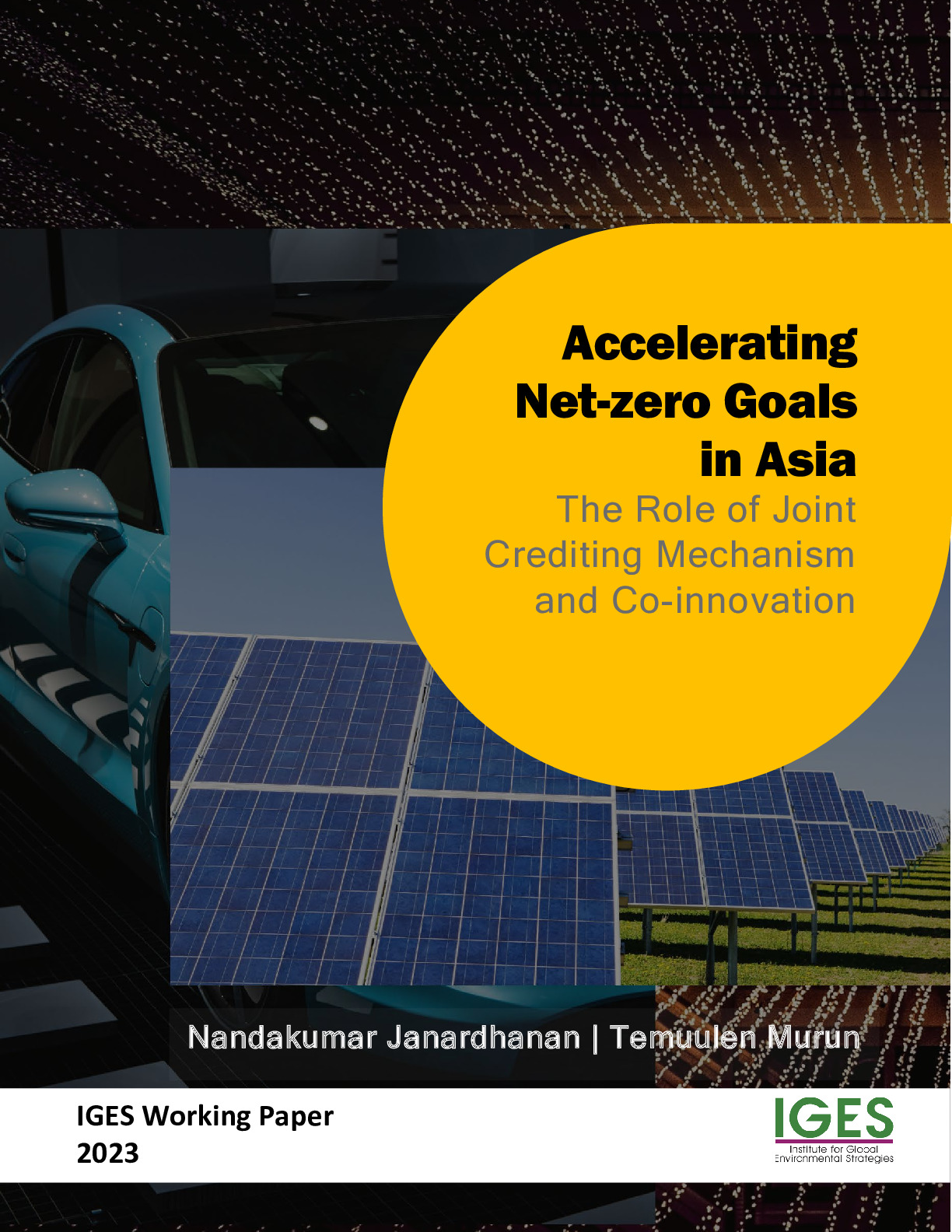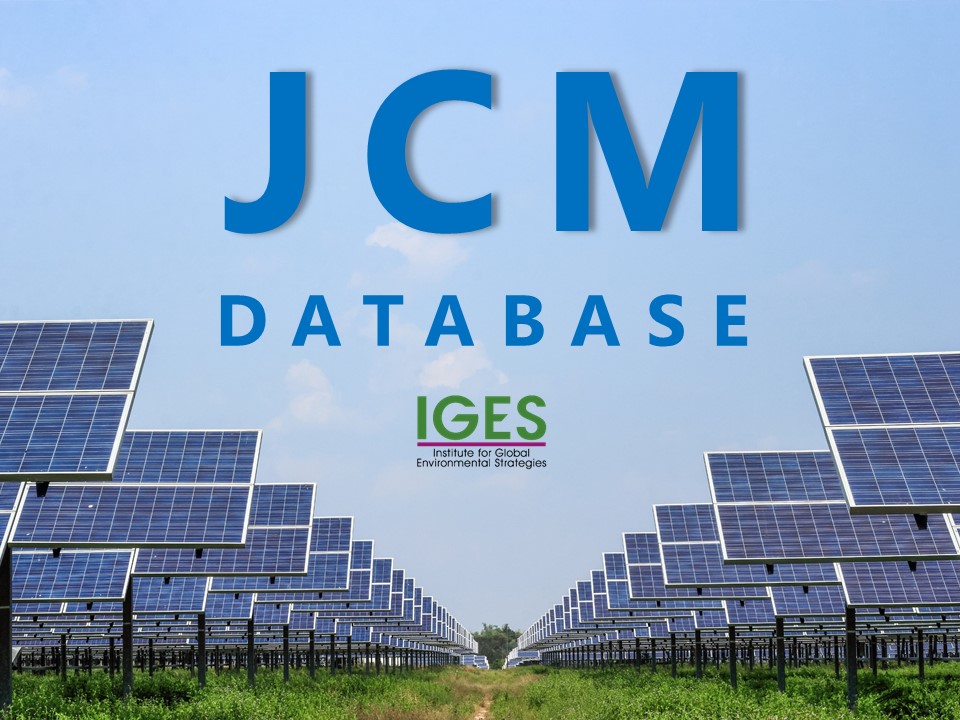In Sustainability Science
Different baseline endowments and circumstances among countries, including local events, have resulted in disparities in energy policy and status. Differences in energy status have caused countries to make various decisions, but with the implementation of grid interconnections, some countries elected to plan the development of their energy sector...



